Latest Maritime News from Around the World
The maritime news this week reveals critical incidents and strategic shifts across global shipping lanes. Recent collisions, cybersecurity threats, and regulatory changes highlight the vulnerability of international maritime infrastructure. The shipping industry continues to face navigational hazards despite technological advances, with geopolitical tensions adding further complexity to maritime operations worldwide.
In the Mississippi River, a tragic accident occurred when a tugboat sank after colliding with a bulk carrier. This incident serves as a stark reminder of the dangers faced by maritime workers daily. Meanwhile, in the Changjiang River, China, another collision took place between Japanese and Singaporean bulk carriers.
These incidents across different parts of the world show that despite technological advances, navigational safety remains a primary concern for the global shipping industry. They also highlight potential disruptions to supply chains that could affect worldwide trade. Platforms like MarineTraffic provide real-time tracking of these vessels, allowing stakeholders to monitor maritime traffic and respond to incidents more effectively.
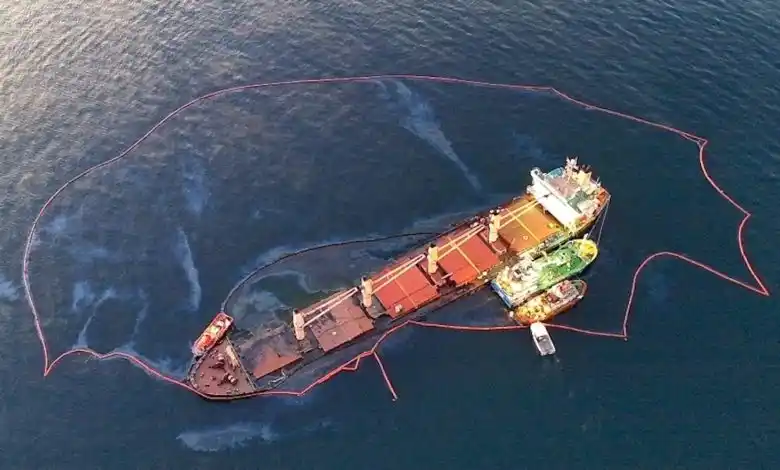
Maritime News on Industry Transformation
Cybersecurity Focus Growing in Importance
The Federal Maritime Commission (FMC) recently issued an alert about fraudulent email scams targeting the shipping sector. This warning comes as the maritime industry faces increasing cybersecurity challenges that threaten operational technology and information systems.
The U.S. Coast Guard is preparing to publish final rules on maritime security that will include specific cybersecurity standards. These regulations reflect the growing awareness that digital threats now pose risks comparable to physical ones in the maritime domain.
Autonomous Technology Reshaping Operations
The deployment of the Saildrone Surveyor for exploring remote Alaskan waters shows how uncrewed maritime vehicles are transforming data collection and exploration capabilities. This technology allows for extended missions in challenging environments without risking human lives.
The future of unmanned maritime systems extends beyond data collection to potentially revolutionizing how goods are transported. Companies are developing autonomous vessels that could eventually reduce crewing requirements and operational costs.
Alternative Propulsion Gaining Traction
Pherousa’s recent approval for their ammonia-cracking technology represents a significant step toward cleaner shipping propulsion systems. This innovation could help reduce the environmental footprint of maritime transport by enabling ships to use carbon-free fuel sources.
As the industry faces increasing pressure to reduce emissions, such technologies will play a crucial role in meeting environmental targets while maintaining operational efficiency. Nuclear power is also being explored as another potential solution for shipping’s decarbonization challenges.
Geopolitical Tensions Affecting Maritime Routes
Recent tensions in key shipping regions are reshaping traditional maritime routes and adding unpredictability to global trade patterns. The resumption of maritime trade in Baltimore represents a positive development, while labor disputes in Canadian rail highlight the interconnectedness of different transportation modes.
In the Asia-Pacific region, naval tensions have disrupted established shipping lanes, increasing costs and creating new security challenges. These disruptions require shipping companies to develop alternative routes and contingency plans.
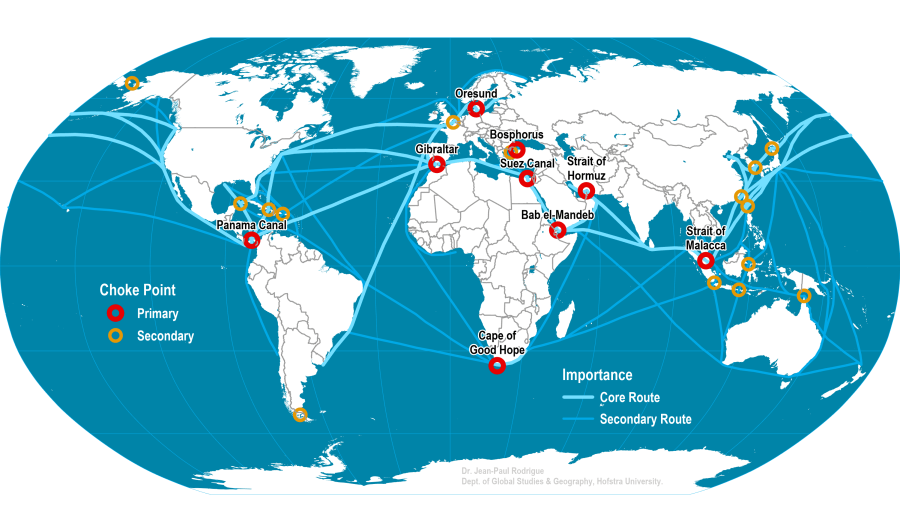
Maritime News on Regulatory Developments
Environmental Compliance Measures
The Liberia Maritime Authority has issued Advisory 31/2024 focused on fuel isolation for multi-engine ships, particularly for vessels operating in Australian ports. This regulation aims to prevent potential fuel contamination and reduce environmental impacts.
The enforcement of environmental regulations was further demonstrated by the fine imposed on Eurobulk in an American oily bilge water case. This penalty shows that regulatory bodies are actively monitoring compliance and taking action against violations.
Research on underwater waves for carbon storage highlights the important role oceans play in climate regulation. Understanding these natural processes could inform future environmental policies affecting maritime operations.
Safety and Security Regulations
Maritime security alerts remain a significant concern globally. Dryad Global’s Maritime Security Threat Advisory has highlighted developments in the Red Sea, Syria, and West Africa, showing the diverse nature of these threats.
The upcoming U.S. Coast Guard regulations on maritime security will establish a framework for enhancing cybersecurity preparedness across the American maritime industry. This proactive approach aims to protect critical infrastructure from evolving threats. As noted by Industrial Cyber, these comprehensive cybersecurity standards address both physical breaches and cyberattacks on maritime infrastructure.
Technology in Maritime News Headlines
The maritime industry is witnessing rapid technological advancement through Maritime 4.0 – the fourth industrial revolution as applied to shipping and ocean transport. This transformation includes digitalization, automation, and enhanced connectivity.
Digital Twins and Smart Infrastructure
Digital twin technology is creating virtual replicas of physical assets like ships and port facilities. These models allow operators to monitor performance, predict maintenance needs, and optimize operations without disrupting actual systems.
Artificial Intelligence Applications
AI is transforming the shipping industry through applications ranging from predictive maintenance to route optimization. These technologies can analyze vast amounts of data to identify patterns and make recommendations that improve efficiency and safety.
Satellite Communication Advancements
Maritime satellite communication is driving digital transformation throughout the shipping industry. Improved connectivity enables real-time data exchange between vessels and shore-based operations, enhancing decision-making and operational awareness.
Big Data Transforming Maritime Decision-Making
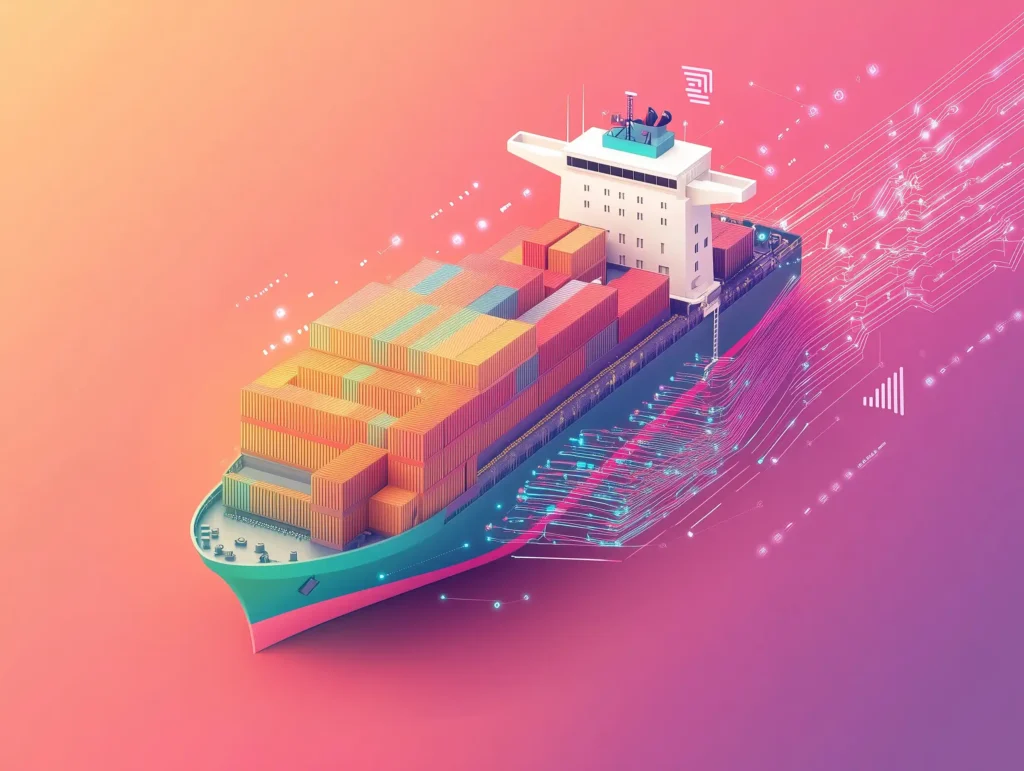
The growing use of big data analytics in shipping is providing real-time insights that make operations safer, greener, and more efficient. These analytical capabilities help companies identify trends and patterns that might otherwise remain hidden.
Data-driven decisions are improving various aspects of maritime operations:
- Optimizing vessel routes to reduce fuel consumption
- Predicting equipment failures before they cause breakdowns
- Enhancing port operations to reduce waiting times
- Improving safety by identifying potential risk factors
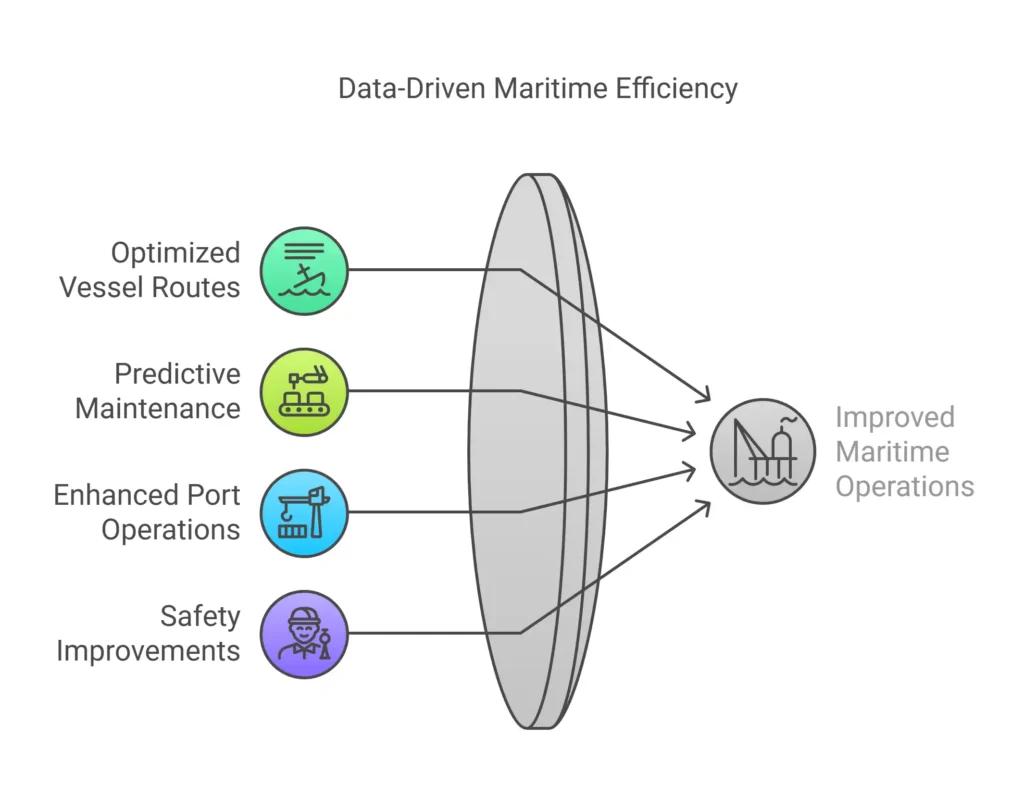
Companies that effectively leverage data analytics gain competitive advantages through cost savings and improved service quality.
Workforce Implications of Maritime Technology
The digital transformation of the maritime industry is creating new requirements for workforce preparation. Seafarers and shore-based personnel now need different skills than previous generations.
Training programs are evolving to include:
- Cybersecurity awareness and digital literacy
- Remote system operation and monitoring
- Data analysis and interpretation
- Advanced technical maintenance
These changes represent both challenges and opportunities for maritime professionals. While some traditional roles may evolve or diminish, new positions are emerging that require specialized technical knowledge.
Chinese Maritime Expansion: Security Implications
Reports in maritime news sources reveal concerning patterns of Chinese naval activities in the South China Sea, violating international maritime law established by the United Nations Convention on the Law of the Sea (UNCLOS). These actions directly challenge freedom of navigation operations and threaten established shipping lanes vital to global commerce.
China’s continued militarization of artificial islands in disputed waters represents a strategic attempt to control critical maritime chokepoints. This expansion contradicts the 2016 Permanent Court of Arbitration ruling that rejected China’s “nine-dash line” territorial claims. The maritime news coverage of these developments shows a pattern of territorial aggression that undermines regional stability.
These violations affect commercial shipping by introducing uncertainty into established trade routes and creating potential flashpoints for maritime security incidents. Shipping companies now face increased insurance costs and routing challenges when navigating these contested waters.
Russian Maritime Aggression in Maritime News Headlines
Maritime news sources have extensively documented Russia’s aggressive naval posture in the Black Sea and Baltic regions. Russian warships have repeatedly engaged in dangerous maneuvers near NATO vessels, jamming GPS signals critical for safe navigation, and conducting provocative military exercises that disrupt commercial shipping lanes.
The Russian Navy’s actions violate multiple international maritime conventions, including COLREGS (International Regulations for Preventing Collisions at Sea) and SOLAS (Safety of Life at Sea). These deliberate violations create dangerous conditions for merchant shipping and represent a strategic attempt to assert dominance in contested waters.
According to maritime news analysts, Russia’s obstruction of Ukrainian grain shipments through the Black Sea demonstrates weaponization of maritime commerce as a geopolitical tool. These actions directly threaten global food security by blocking vital export routes from one of the world’s major grain producers, showing how maritime security directly impacts global humanitarian concerns.
Maritime News Future: Critical Security and Innovation Developments
Maritime news coverage will continue focusing on the industry’s response to technological innovations, environmental concerns, security challenges, and evolving trade patterns. Staying informed about these developments remains essential for stakeholders navigating this complex landscape.
The AI, green technology, and cybersecurity initiatives that dominate maritime news represent strategic priorities for 2025 and beyond. As the maritime industry adapts to these challenges, it must also contend with increasing geopolitical tensions that threaten established shipping norms and international law.

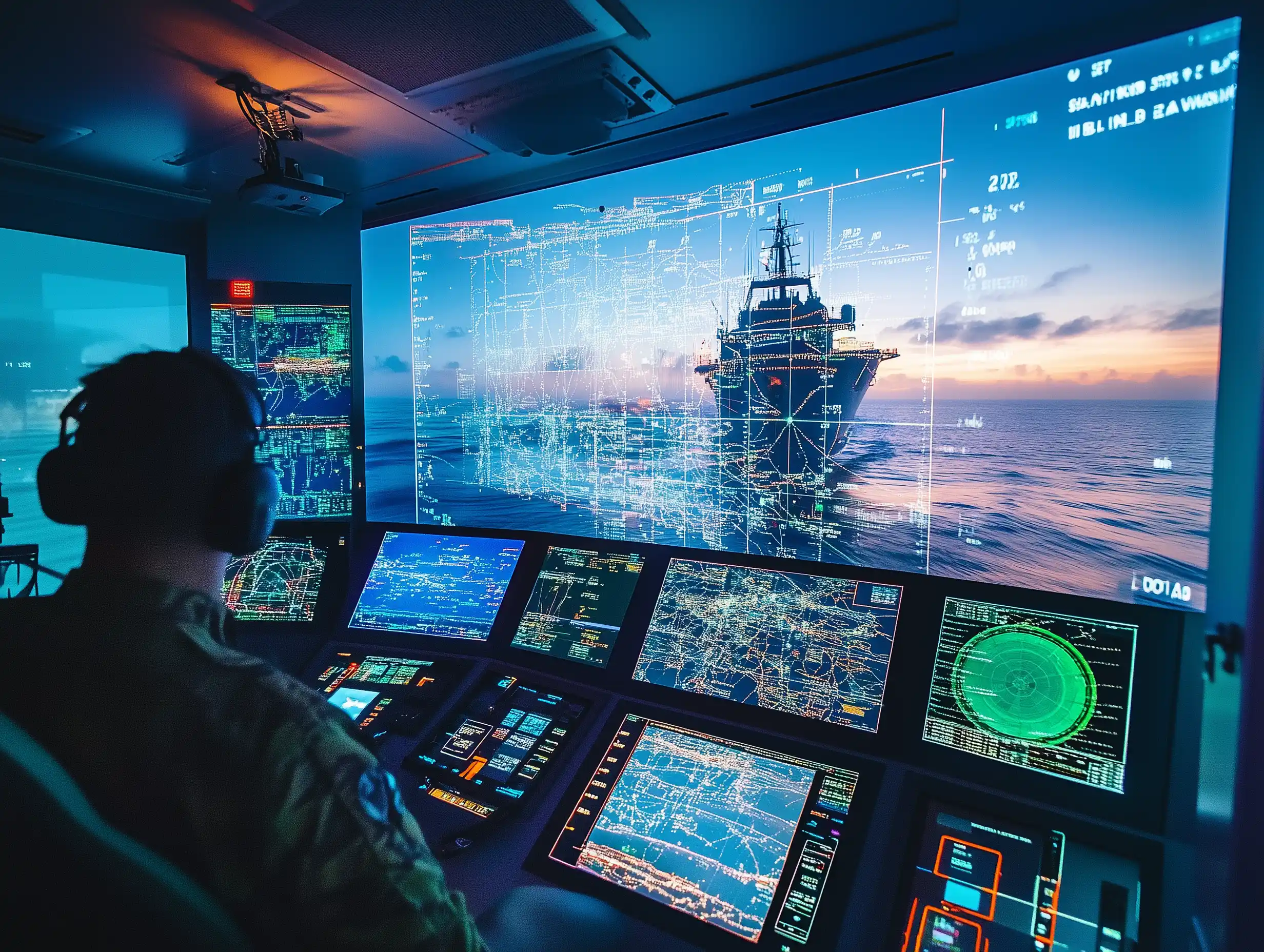
Leave a Reply